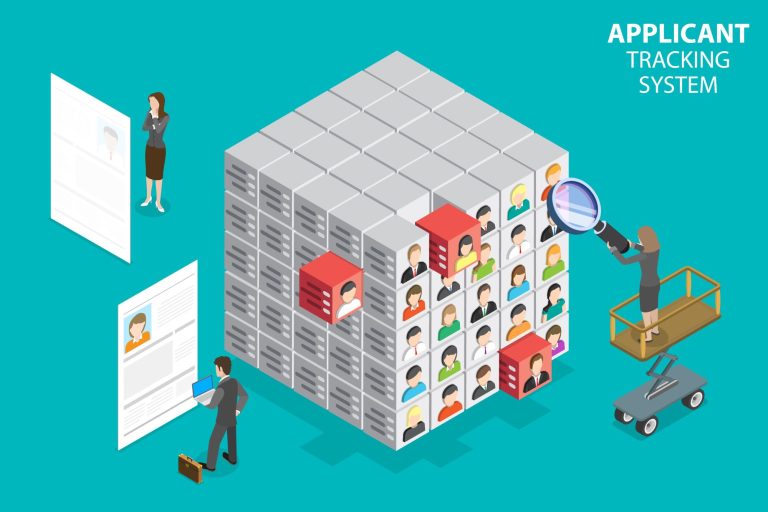With remote and hybrid working on the rise to define the future of UK business, tracking the presence of employees has never been so vital and so complex.
With staff dispersed across multiple sites, it’s like trying to know who’s in, who’s out, and why. The good old days of the humble clock are over: businesses today need more.
Modern businesses need real-time insight to better manage absences, examine trends, and make informed decisions with solid facts.
What are the key components of effective time tracking?
Remote work is on the rise, particularly in the UK, where nearly 28% of workers split their time between home and the office. Businesses are challenged with monitoring employee time and attendance.
That is why using good absence management software is so important. It makes it more organised and allows businesses to be productive and regulation-compliant, regardless of where workers are – in the office or at home.
1. New realities of hybrid workplaces
With hybrid working becoming more popular, companies are confronted with new challenges in monitoring the hours of flexible and remote employees.
A Chartered Institute of Personnel and Development (CIPD) survey emerged that revealed that 40% of businesses experienced an increase in requests for flexibility at work due to the pandemic.
This is to say that we require online tools to monitor the absences. These should provide us with precise information regarding the workers’ work irrespective of where they could be.
They simplify reporting by employers, compliance with rules and regulations, and the handling of blended teams.
2. Industry challenges and differences
Home and hybrid working have created new challenges for businesses. In a WorkNest survey, over half of UK employers (50.4%) indicated that absence management has become more challenging since going hybrid.
Many also reported that employees are experimenting with flexible provision limits, e.g., taking office days off to remain at home when they have minor illnesses.
The different sectors face their own challenges to adopt flexible work. Acas research shows that the management of hybrid working can vary substantially based on sector, organisation size and managers.
3. Balancing efficiency and compliance
The shift away from traditional office-based work has introduced complexities in guaranteeing adherence to legal obligations.
Another survey by Acas found that 70% of employees were unaware of the new law changes that make it easier to request flexible working, and 43% of employers were also unaware of these changes.
This lack of awareness can lead to non-compliance with the Employment Relations (Flexible Working) Act 2023, which allows employees to request flexible working from day one of employment.
4. Real costs
Absence can seem like a trivial issue on a day-to-day basis, but real costs to businesses soon add up.
In fact, the Institute for Public Policy Research (IPPR) has revealed that the total cost of sickness in the workplace in the UK rose to £103 billion in 2023, a sharp increase from just £73 billion five years earlier.
Individual conditions are even more dramatic when looking at the statistics.
An Office of Health Economics study found that respiratory infections, on their own, cost UK employers approximately £852 per employee annually, lost production and sick days notwithstanding!
Without a robust way of measuring attendance and looking for trends, it’s easy for companies to miss the warning signs for bigger issues.
How does time-tracking turn data into decisions?
61% of UK firms in 2023 reported making use of specific software to facilitate operations, of which 69% used cloud-based software for business process management.
These applications provide the best platform for generating detailed reports out of raw absence and attendance statistics. They assist remote and hybrid team managers in having the ability to make data-driven decisions required by them.
1. Hidden trends
Time-tracking systems track more than the fact that employees clock in and out. In a hybrid workplace, they can also identify underlying trends that would otherwise go undetected.
For example, absence patterns can indicate underlying issues, such as burnout or low morale, that would not be apparent through other means.
And, they can indicate which team members or departments are most likely to be absent.
2. Privacy
While real-time absence monitoring is very useful, there should be a balance between productivity and staff privacy.
UK data protection law, including the GDPR, requires that employers handle employees’ personal data responsibly.
Systems for tracking time must not cross the privacy boundary by collecting too much data or by losing sensitive information.
3. Multi-site management
For companies with multiple sites, attendance management can be a headache for management, particularly in a hybrid working setup.
Time-tracking software can simplify it by offering centralised, real-time data on employee attendance across all sites, whether office-based or remote.
For example, software that integrates with cloud-based systems can provide managers with an at-a-glance overview of attendance, reducing the hassle of managing a dispersed workforce.
4. Advanced features
Modern time-tracking software is more than a simple logging of work hours.
Advanced features, such as AI-based insights, predictive analytics, and automated absence notifications, give organisations a powerful tool for prescriptive decision-making.
GUest writer

























